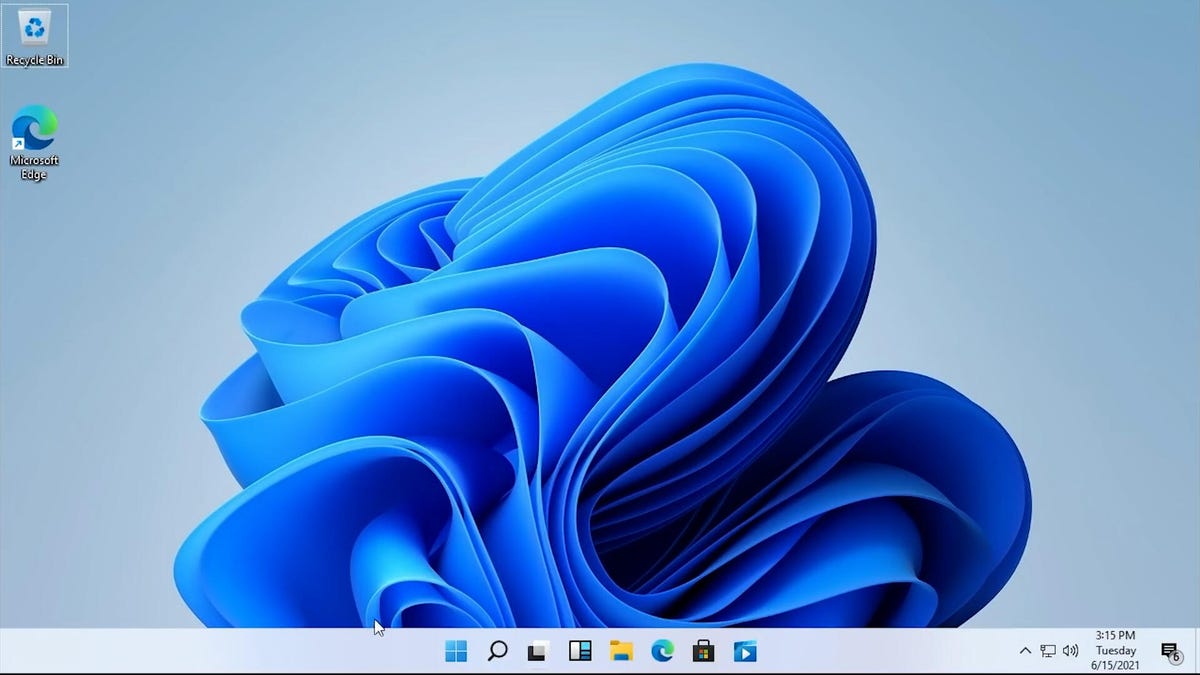Windows 11 Regret? You Have 10 Days to Go Back to Windows 10
There's an easy way to roll back to Windows 10. But you need to act quickly.

Microsoft has finished rolling out its latest OS, Windows 11, to compatible devices. Windows 11 offers some handy new features, along with several significant changes compared to Windows 10. But if you make the leap and download Windows 11 -- and then regret it -- there's an easy way out. That is, as long as you hurry.
After downloading and installing Windows 11, you only have 10 days to revert your system to Windows 10. If you roll back to the old OS, all the information stored on your computer will automatically repopulate there, so you won't have to worry about any files disappearing.
Note that if you haven't already downloaded Windows 11, you don't need to install it right away. You actually have until 2025 to make your decision -- that's when Microsoft says it'll end support for Windows 10.
Read more: What to Do If You Get a Windows 11 Installation Error
How to roll back from Windows 11 to Windows 10
Here's how to make the switch back to Windows 10: Start menu > Settings > Windows Update > Advanced options > Recovery > Previous version of Windows (you may see Go back instead). That's it!
Once 10 days have passed, you can still go back to Windows 10, but it'll be a little trickier: You'll need to back up your data and perform what Microsoft calls a "clean install" of Windows 10 on your PC. Or, if you had backed up your system before installing Windows 11 in the first place, you can restore from that.
Should you choose, you can stick with Windows 10 for four more years until Microsoft stops supporting it in October 2025. If the 10-day countdown sounds new, that's because Windows 10 initially launched with a 30-day window for easy rollbacks.

